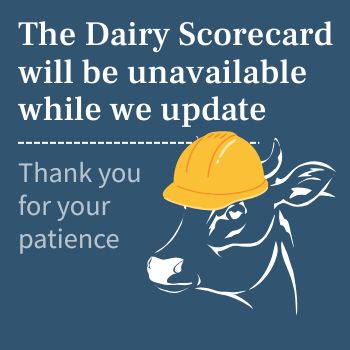Nuna Organic
| Rating |   |
| Products | Cheese |
| Website | https://www.organicnuna.com/ |
| Market Area | National |
| Total Score | 400 |
Nuna Organic did not participate in Cornucopia’s survey and investigation, which impacted their score and information available here. If you are a customer of this brand, please reach out and ask them to cooperate with Cornucopia’s investigation!
| Rubric | Points | Comments and Notes |
|---|---|---|
| TOTAL (possible score is 1100 (plus extra credit)) | 400 | 2-Cow Rating | Fair   |
| Transparency and Disclosure | 50 | Did not participate, but some information found |
|
Cornucopia considered each brand’s ownership structure and history, which is one measure of the validity of marketing claims. Milk Supply and Ownership Structure | 75 | Sourced from Midwest-based organic family farms |
|
Brands represent the most dedication to organic production rate the highest here. Commitment to Organic Label | 50 | Appears dedicated to organic label |
|
Pasture management scoring accounts for how the outdoor areas are managed. Pasture Management | 40 | Meeting minimum organic requirements for pasture standards |
|
The organic standards require that certified organic dairy cattle get a minimum amount of their diet from fresh pasture. Grass Fed Percentage | 35 | The brand likely meets or exceeds minimum organic standards for grazing |
|
The organic standards require that all livestock feed is certified organic. For dairy, this includes all hay, grain, and even fresh pasture cattle eat. Supplements and ingredients must also be approved to be considered organic. Supplemental Feed and Ingredients | 0 | Unknown |
|
The organic standards allow operations to remove calves from their mothers soon after birth, housing calves in individual housing. Some brands may receive extra credit for how they treat calves — for example if they keep calves with their mothers for a long time. Calves | 25 | The majority of supplier farms use single-calf housing or group housing |
|
It is standard practice for family-scale and organic dairies to milk their cows twice a day. The welfare of a dairy animal is impacted when they are pushed for high production often resulting in short, stressed, and unhealthy lives. Times Milked Per Day | 75 | 2x a day for most suppliers |
|
Culling refers to the removal of a live cow from the herd, often for reasons like poor production or health issues, while death refers to the animal dying on the farm, whether from natural causes or euthanasia. Both events can be common in dairy farming but have different implications for herd management. Deaths & Culls | 0 | Unknown |
|
This scoring section summarizes the brands’ overall environmental impact when compared to other organic brands. Most organic producers have an improved environmental basis when compared to conventional production. Environmental Impacts and Stewardship | 25 | Meets some minimum environmental benchmarks, but details unconfirmed |
|
This scoring section considers several animal welfare aspects, summarizing the brands’ overall animal welfare impact when compared to other organic brands. Most organic producers provide better welfare than the most common (and dominant) conventional production. Animal Welfare | 25 | Meets some minimum animal welfare benchmarks, but details unconfirmed |
|
This non-scoring section is provided for information only. All accredited organic certifiers can be found on the NOP website. Organic Certifier (Informational) | Unknown | |
|
Some dairy products brands opt to add other certifications on top of organic certification. 3rd-party add on labels are listed for consumer information and not scored at this time. Add On Labels (Informational) | Unknown | |
|
Herd size considers how many adult animals – in this case we are specifically interested the active milking herd – are found on one distinct parcel of property. Herd Size(s) (Informational) | Unknown | |
|
Various levels of extra credit given for 1) providing full organic systems plan, 2) providing details on all farms (multi-farm brands, details on largest five required), and 3) sourcing feed on-farm or domestically. Extra Credit | None | |
|
0-50 Extra credit for outstanding and unusual management practices (see notes on individual brand). Usually brands receiving extra credit for environmental practices will have some practices that push the limit of what the dairy industry can do. Adjustments & Notes | None |


